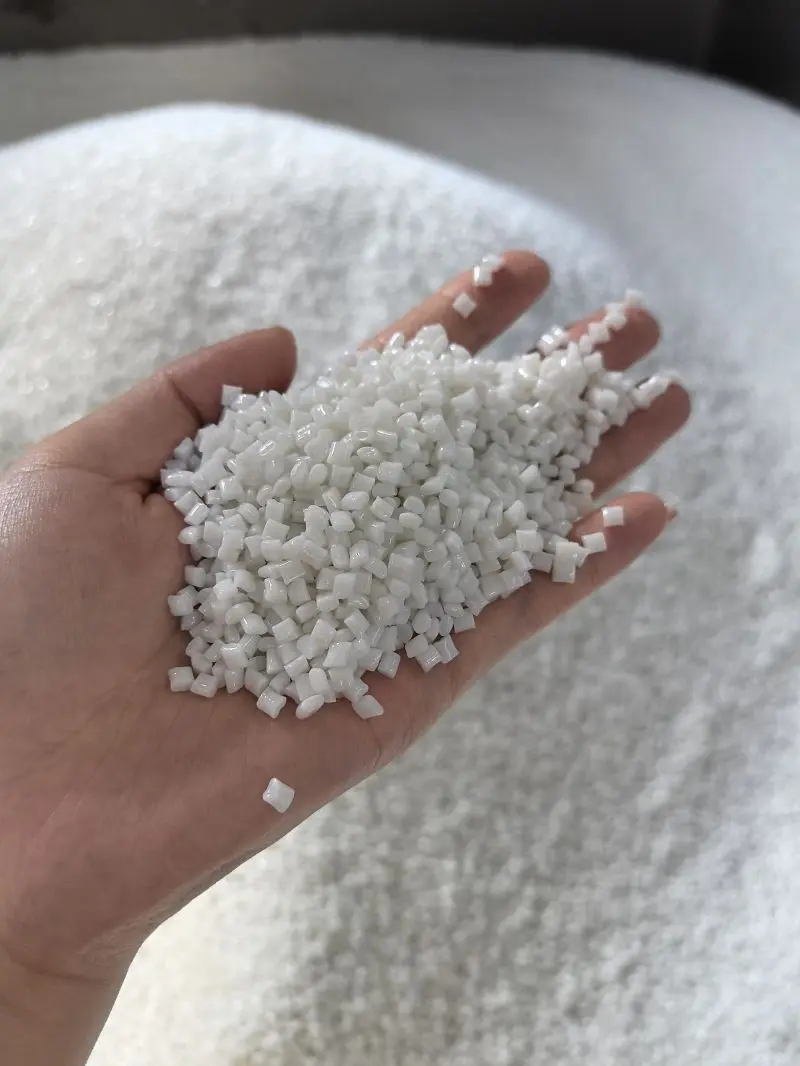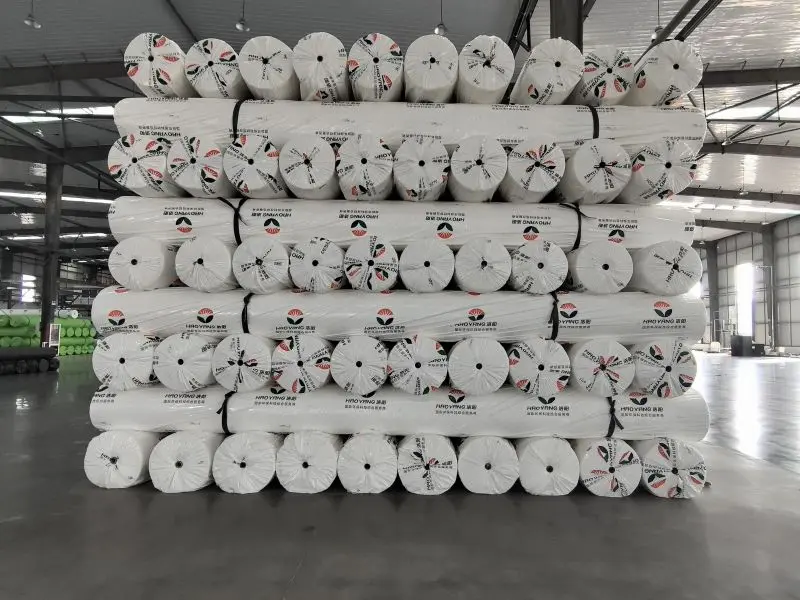The production process of 3D composite drainage geonets typically involves several steps:
Selection of Raw Materials:
The production process begins with the selection of raw materials. These materials usually include polymers such as high-density polyethylene (HDPE) or polypropylene (PP), as well as additives such as stabilizers and UV inhibitors.

Extrusion of Geonet Core:
The core of the drainage geonet is typically produced through an extrusion process. In this step, the selected polymer is melted and forced through a die to create a continuous net-like structure. This structure provides the geonet with its drainage properties.
361773.webp)
Lamination of Geotextiles:
Once the core is produced, it is often laminated with geotextiles on one or both sides. Geotextiles are non-woven or woven fabrics made from synthetic fibers such as polyester or polypropylene. Lamination can be achieved through methods like heat bonding or adhesive lamination.
Bonding Layers Together:
In some cases, multiple layers of geonets and geotextiles may be bonded together to create a composite structure with specific properties such as increased strength or filtration capabilities. This bonding can be accomplished through methods like needle punching or thermal bonding.
938566.webp)
Quality Control:
Throughout the production process, quality control measures are implemented to ensure that the final product meets the required specifications and standards. This may involve testing the materials for strength, durability, and drainage performance.
332900.webp)
Rolling and Packaging:
Once the composite drainage geonet is produced and passes quality control checks, it is rolled onto large spools or reels for easy transportation and storage. It may then be packaged and prepared for shipment to construction sites or distribution centers.

Overall, the production process of 3D composite drainage geonets involves a combination of polymer extrusion, lamination with geotextiles, bonding layers together, and rigorous quality control measures to create a durable and effective drainage solution for various construction and environmental applications.
214.webp)
385.webp)
564.webp)
380.webp)
503.webp)
759.webp)
483.webp)
934.webp)